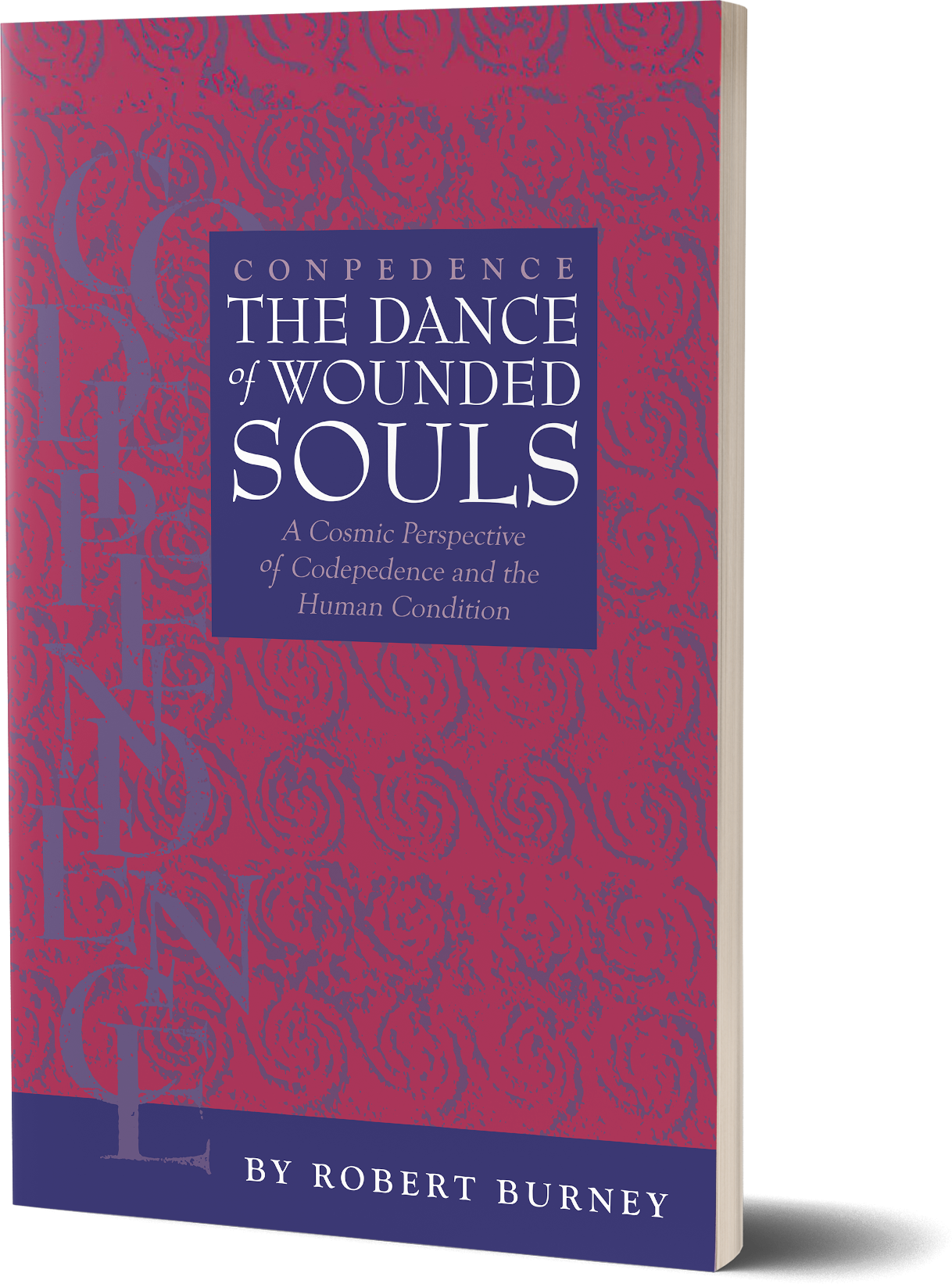The fact that dysfunction exists in our romantic, family, and human relationships is a symptom of the dysfunction that exists in our relationship with life - with being human. It is a symptom of the dysfunction which exists in our relationships with ourselves as human beings.
And the dysfunction that exists in our relationship with ourselves is a symptom of Spiritual dis-ease, of not being in balance and harmony with the universe, of feeling disconnected from our Spiritual source.
That is why it is so important to enlarge our perspective. To look beyond the romantic relationship in which we are having problems. To look beyond the dysfunction that exists in our relationships with other people.
The more we enlarge our perspective, the closer we get to the cause instead of just dealing with the symptoms. For example, the more we look at the dysfunction in our relationship with ourselves as human beings the more we can understand the dysfunction in our romantic relationships."
The single most important component in a healthy relationship is the ability to communicate. If two people have the capacity to communicate with each other, then any issue can be worked through to some kind of clarity.
For the purpose of this discussion I am going to divide communication into two levels: surface communication having to do with ideas, facts, details, concepts, etc. - and emotional communication. In reality, of course, all communication contains aspects of both levels - and in relationship, the emotional level is by far the most important and most difficult.
In terms of surface communication, it is very important to establish a common language. And I am not talking here about one person speaking English and one speaking French. I am talking about two people who speak the same language linguistically but have different interpretations of various words due to a variety of factors - i.e. raised in different geographic, religious, or cultural environments, different educational or economic levels, different life experiences, etc. Two people who are on Spiritual paths might speak a slightly different language because one has been involved in Twelve Step Recovery while another has been pursuing a Shamanistic path or Buddhist or whatever.
It is very important, right from the beginning of the relationship to strive for clarity in communication. The single most useful tool is simply to ask. "How do you define that word?" or "What did you just hear me say?'" Very often, you will find that what the other person heard was not what you were attempting to convey. Attempting to clarify and develop a common language lays a good foundation for further communication.
In terms of the emotional level of communication, there are many aspects to consider. I will touch on a symptomatic one here in this article and then expand on the challenges of emotional intimacy in the next article in this series.
The symptomatic one is something that may seem simple but is actually one that relatively few people in our dysfunctional culture have mastered - the ability to listen. In order to Truly listen it is necessary to be present - and the difficulty with being present is caused by unhealed emotional wounds. If we are not able to be emotionally honest with ourselves then it is impossible to be present and comfortable in our own skins in the moment. Obviously then, we are also incapable of being present with, and emotionally honest with, others.
Listening is far more than just the absence of talking or the appearance of paying attention. Listening involves more than just hearing the words that another person is saying. In order to Truly hear what another person is attempting to communicate, it is necessary to be tuned in to what is going on underneath the words. Communication is only partly about content - just as important in communication are things like body language, eye contact, underlying emotional currents.
When we are present in our bodies in the moment and paying attention it is easy to discern if the other person is really talking to us - as opposed to talking at us, or telling a story. In the beginning of any relationship, people tell each other stories about their past - it is part of getting to know each other. What is important is to be able to be present while telling the story. That involves not just the other person but also ourselves.
Being present starts with being conscious of ourselves - it involves listening and paying attention to ourselves and our end of the communication. If I am listening to myself while telling someone a story about my past, I can catch myself when I get to a part of the story that I have creatively embellished over the years. As we learn and grow, our perspective of our past changes and it is very important to be able to listen to ourselves so that we can catch ourselves in places where we have exaggerated or rationalized something from our past. One of the important parts of the healing process is telling our story - and if we just regurgitate an old tape by rote we are not being present and paying attention.
If we have the capacity to be present with ourselves while telling our story, that means we also have the capacity to be present with the other person. I can be in the middle of telling a story and see in the other person's eyes that they aren't listening - which gives me the space to stop and ask what is going on. If I am not present enough to see the other person isn't listening then I am just talking at that person. And conversely, I will be able to recognize when that person is talking at me.
Communication involves being able to talk to and listen to - the ability to be present in our bodies in the moment.

